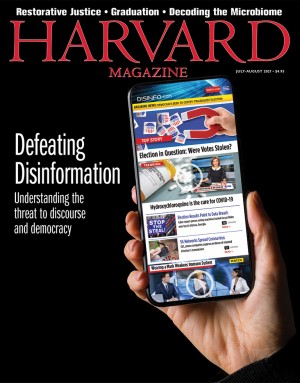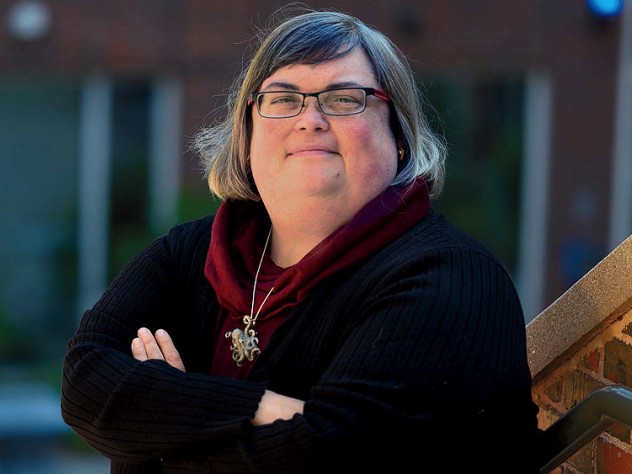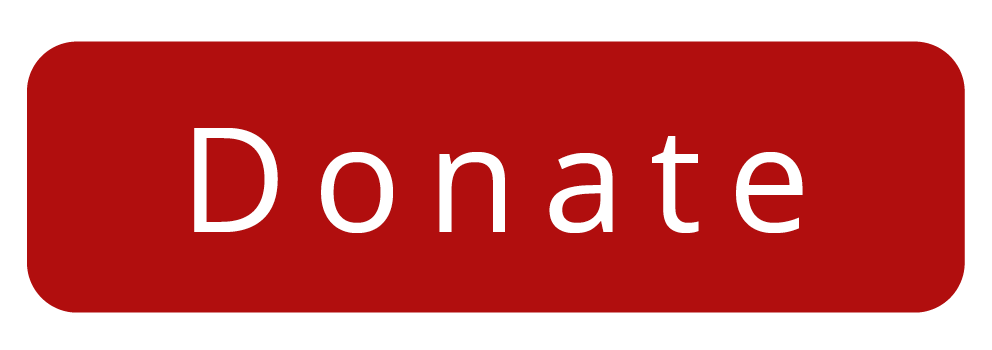Behind the Scenes: Scholars' Differing Perspectives
Associate editor Jacob Sweet realizes that not even the experts can come to a consensus on the topic of disinformation.
Often, the hardest part about writing an article is knowing where to start. That difficulty emerges a few times in the process. First, who are the best interview subjects? When it’s time to write, how do you begin? Sometimes those answers are simple. If you’re writing about a runner who lost his shoe and managed to win a race anyway, you’re going to talk to him first. The start of the piece will probably be the start of the race.
It’s a bit tougher when the topic is disinformation—a subject debated by pretty much everyone, from pundits to politicians to family members. Today, most major news stories seem to be accompanied by another article about the fake news surrounding the subject. How does disinformation affect the election? How does it influence who gets vaccinated? The coverage is urgent but vague; it’s hard to pinpoint how fake news is spread, by whom, and to what effect.
One way to write about a big subject like this is to profile a single scholar. I’ve profiled many professors, fleshing out their views and providing a narrative about what led them to their current perspectives. I thought about taking that approach with this feature, but in one of my first interviews, with Natascha Chtena—editor of the Harvard Kennedy School’s Misinformation Review—she told me that researchers had not reached anything like consensus about the issues, and that even the definition of “misinformation” varied from paper to paper.
This was a bit surprising. In a lot of what I had read and watched, fake news was treated as an internet-specific problem with few historical parallels. But the more scholars I contacted, the more contrasting opinions I got. Some emphasized the dominance of social media in turning disinformation into a destructive force. Others thought that role was overblown. A couple expressed skepticism that disinformation is a bigger problem today than in the past. I interviewed experts in subjects from government to sociology to computer science, and found more interesting perspectives than I could fit into a profile.
In the end, I tried to fit the differing opinions together in a way that makes sense, emphasizing points of agreement and notable differences, and providing opportunities for readers to explore the research on their own. Though picking a single news event to focus on was a bit tough, I decided the aftermath of the 2020 presidential election was the best framing event for the article. The more opinions you include, the more important it is to have some sort of central narrative.
Your support makes deeply reported stories like this possible. I had one expert express shock that my deadline was not the end of the day, nor the end of the week, but a couple of months away. Having a longer deadline enables Harvard Magazine reporters to touch base with multiple experts, bringing in their diverse perspectives to improve the structure and narrative of the resulting feature. With shorter deadlines, such flexibility is almost impossible.

And though I’m very used to collaboration at Harvard Magazine (the text of every article I write is reviewed by every other member of the editorial staff), I’ve never before collaborated so much on an issue’s cover illustration. After art director Jennifer Carling came up with the concept, it was up to me to write fake-news headlines to complete it. Senior editor Jean Martin and editor John Rosenberg chipped in, too. We knew that the word “Disinformation” was plastered in huge letters next to our faux-website, but it still felt a little weird to make things up after spending our careers doing exactly the opposite.
Thank you again for your support. We really can’t do this kind of work without you.
Read “Can Disinformation Be Stopped?”

